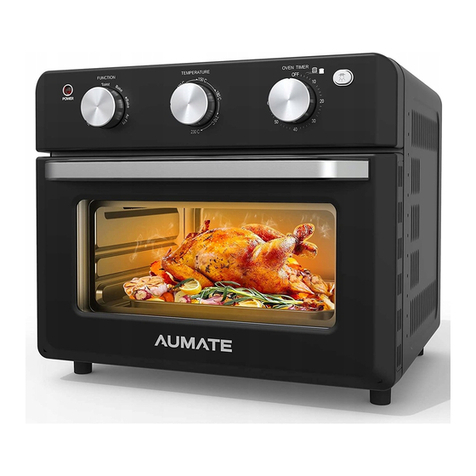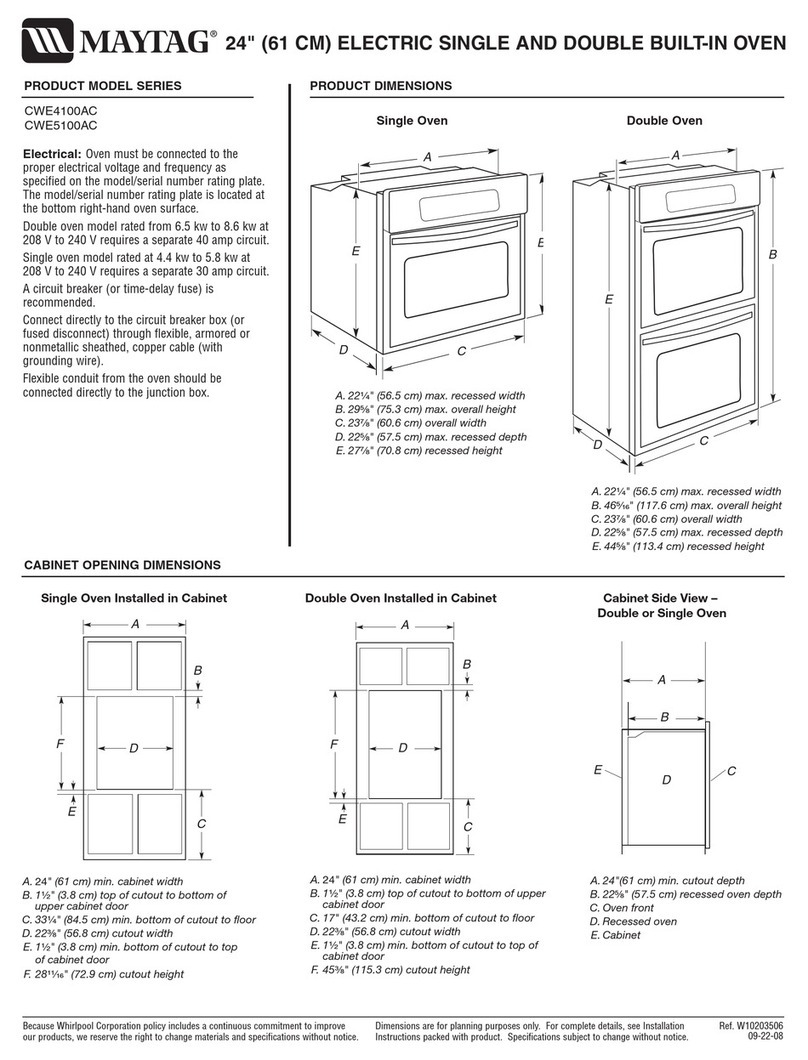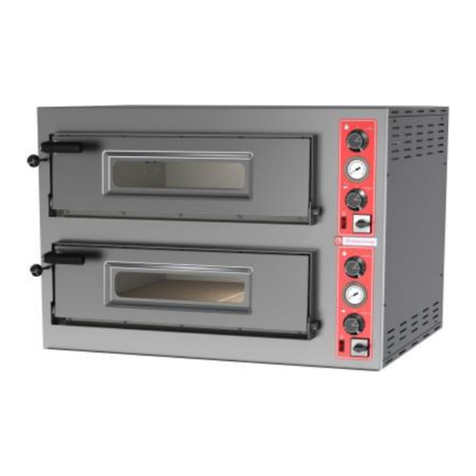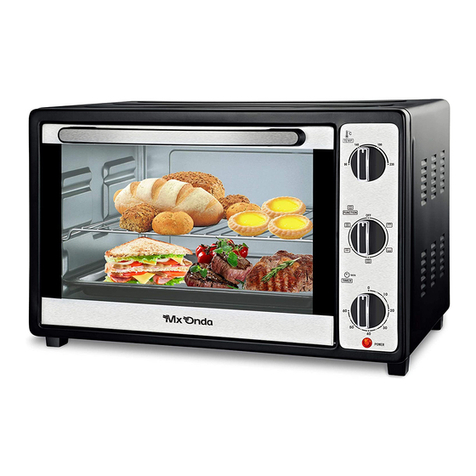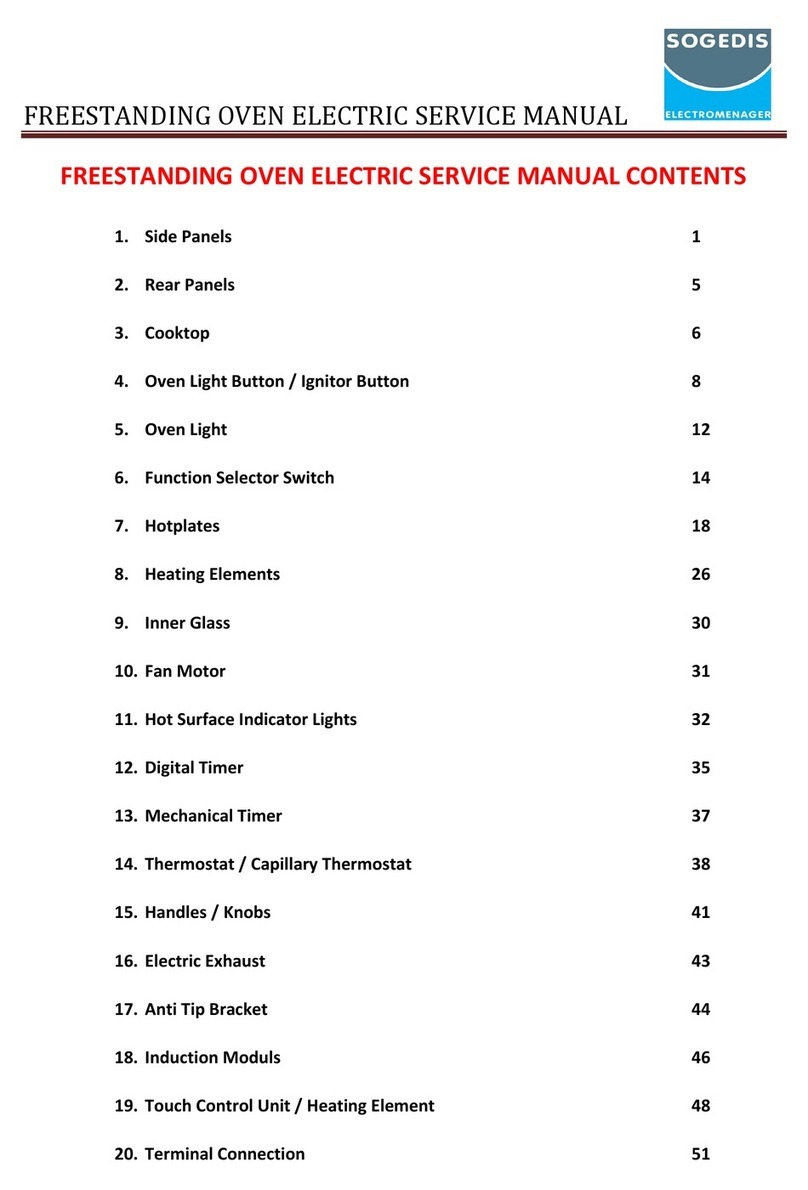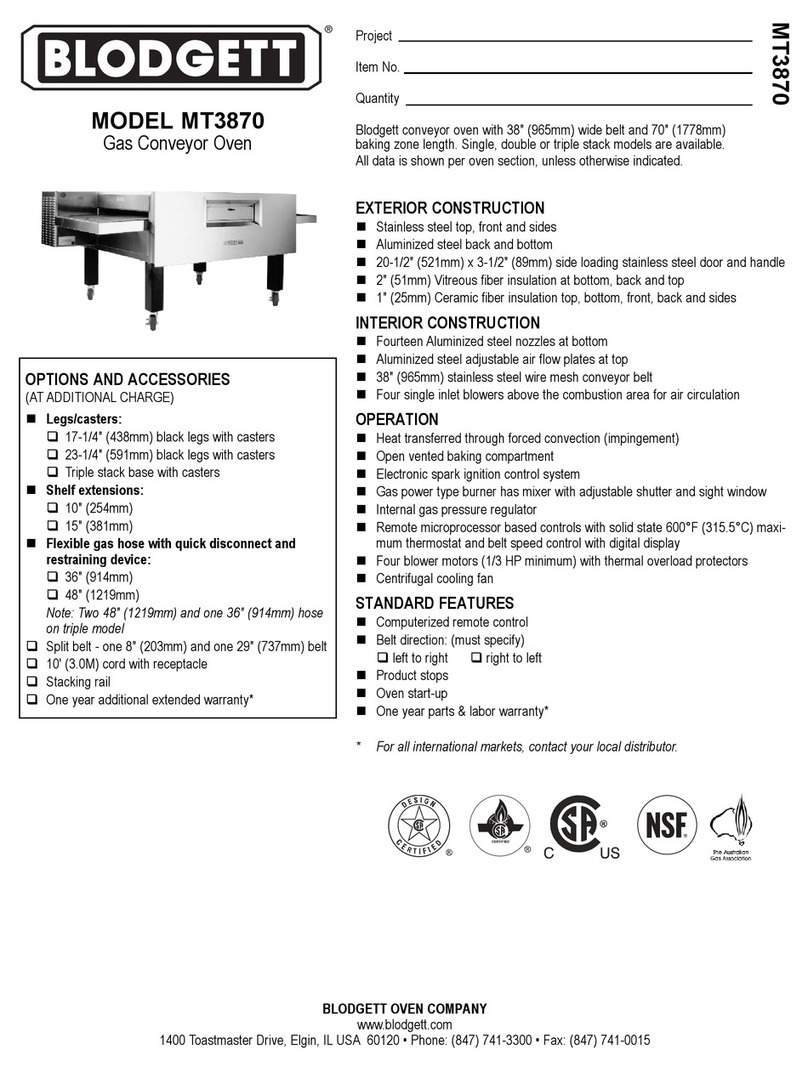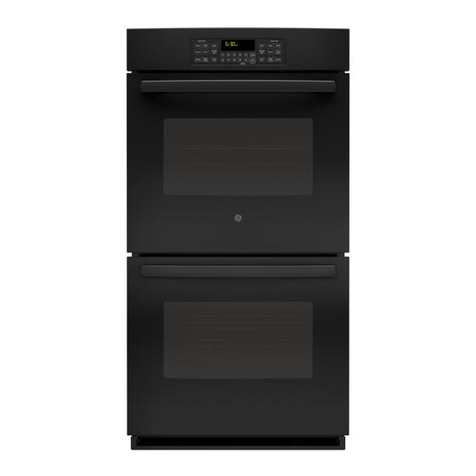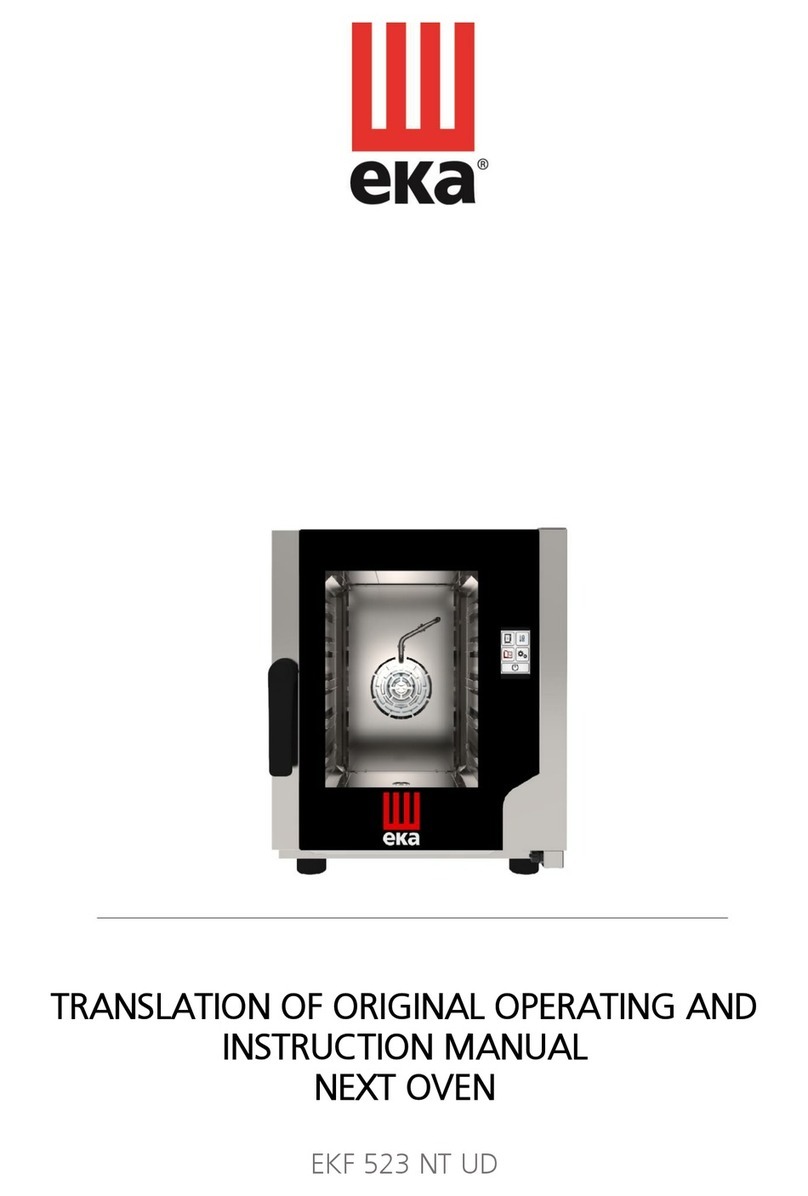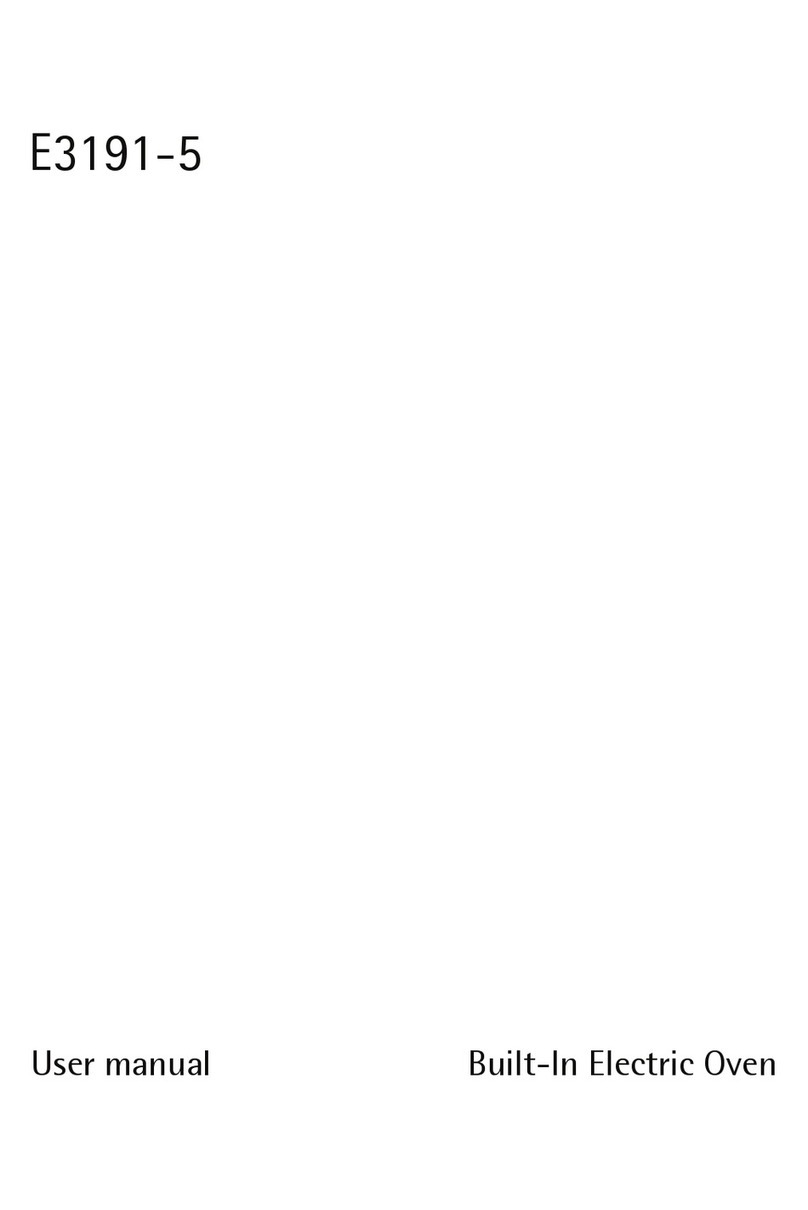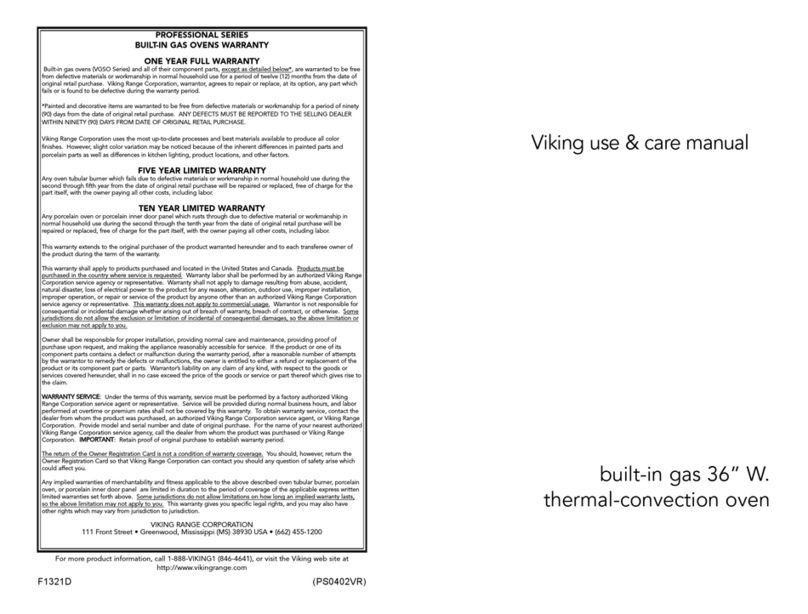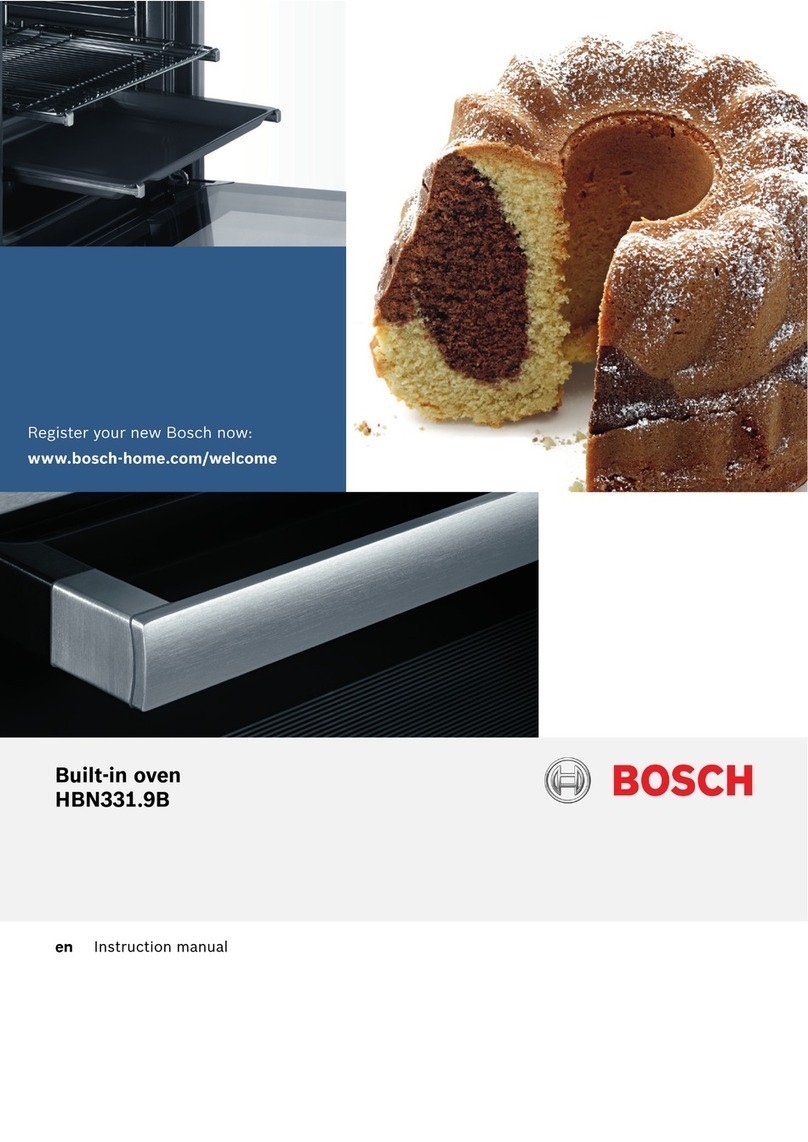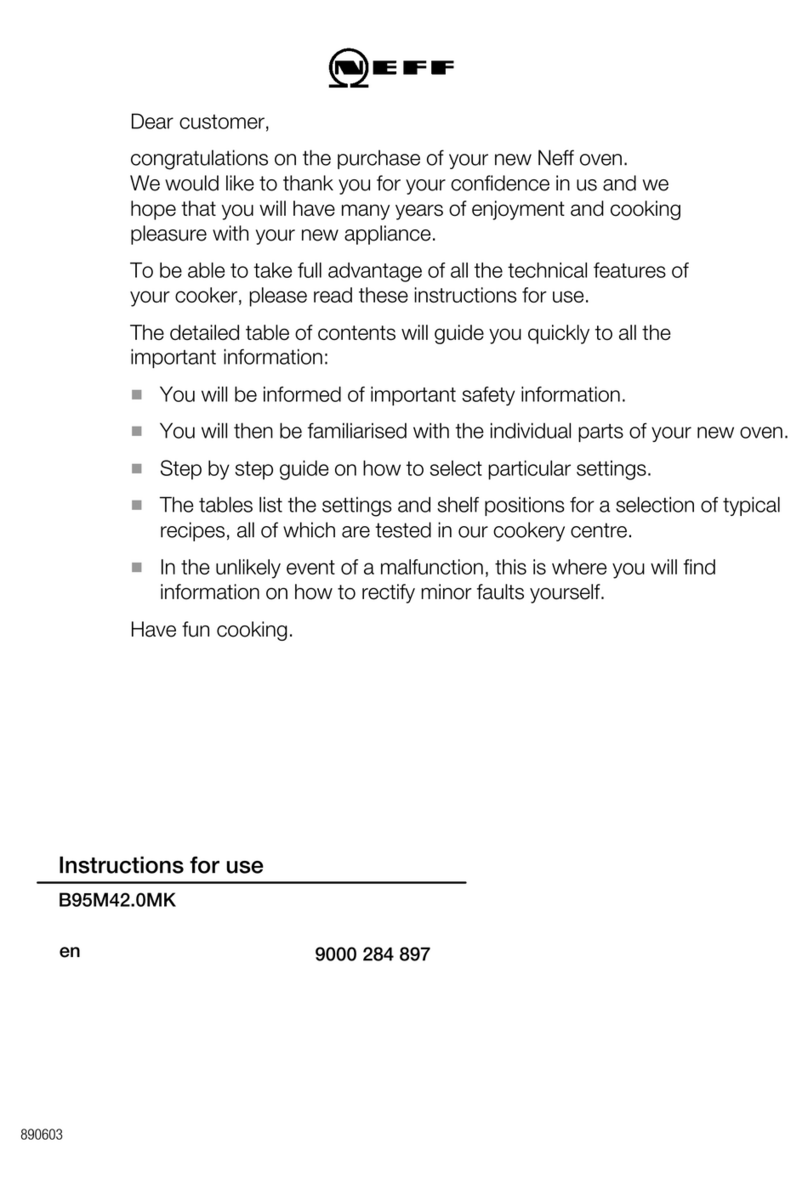•Directive 2002/95/EC “Regarding use restrictions of specific hazardous
substances in electrical and electronic equipment”.
•Directive 2002/96/EC and 2003/108/EC “Regarding disposal of electrical
and electronic equipment and subsequent amendments.”
1.8 LEGAL WARRANTY
The period of warranty is in agreement with the European community
standards and starts from the date of the invoice issued at the time of
purchase.
Within such period all components that have unequivocal and well
ascertained manufacturing flaws will be replaced or repaired free of charge
exclusively by our plant. The guarantee does not include electrical
components and those subject to wear and tear.
Shipping and labour costs are not included in the warranty.
In order to make use of the legal warranty the user must strictly observe
the instructions contained in this manual, as outlined in Directive
1999/44/CE, and more specifically:
always operate the oven according to its intended use;
always carryout constant and accurate maintenance;
allow onlyskilled and properlytrained personnel to use the oven
Failure to comply with the instructions given in this manual will cause the
warranty to be considered immediately null and void.
The warranty shall expire also in case of partial or total non-compliance
with the instructions provided in this manual, especially if:
The installation did not fulfill domestic standards
Unoriginal spare parts were used
The oven was used in an improper way.
1.9 MANUFACTURER RESPONSIBILITY
The manufacturer disclaims every direct or indirect civil and
criminal responsibility due to:
installation that does not conform to currently enforced local
regulations and safety directives
non-observance of the instructions contained in this manual
installation by unqualified and untrained personnel

